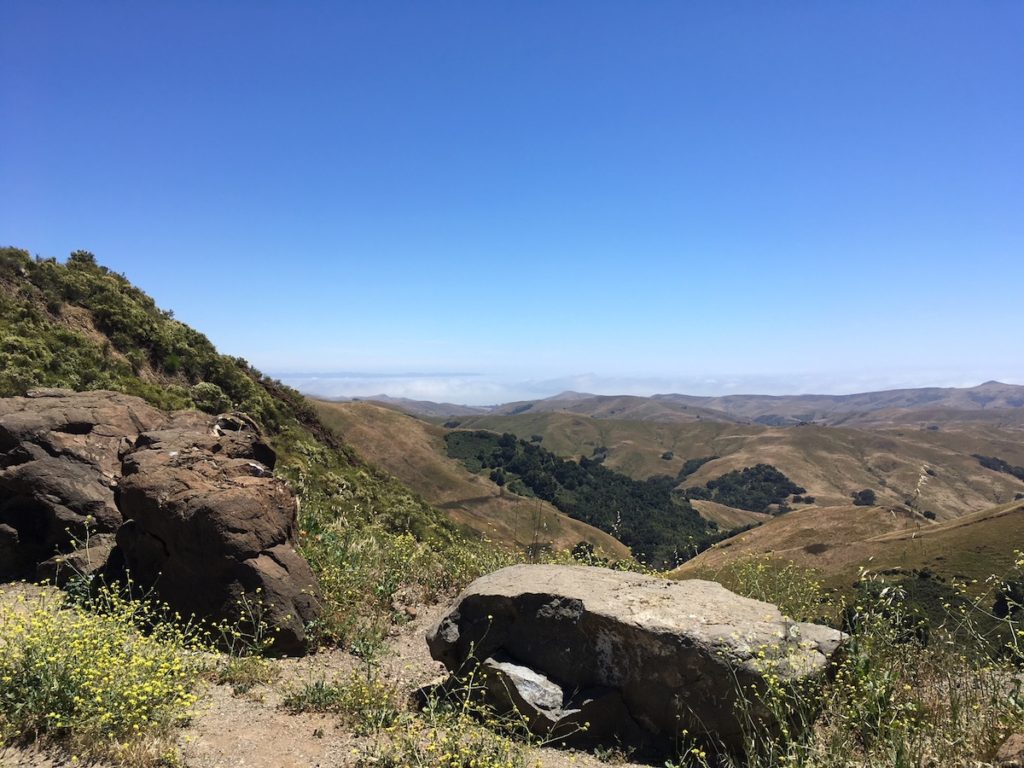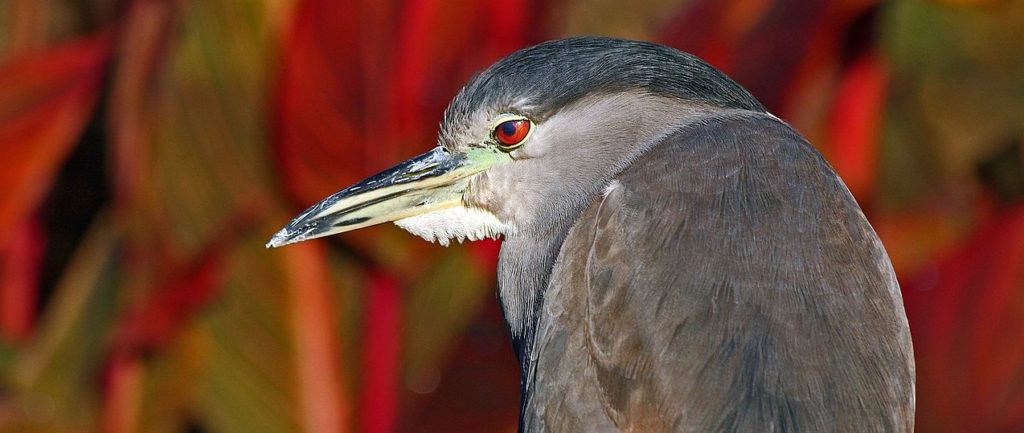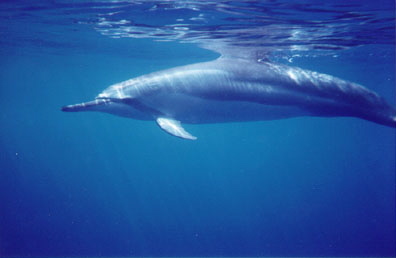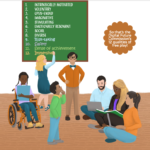
We call you ocean.
We call you sea, gulf, strait, bight,
bay, lagoon, river, falls, creek,
stream, lake, pond, spring.
We call you rain.
We call you pool, puddle, snowflake,
glacier, dew, mist, cove, channel, inlet,
cascade, brook, tributary, bayou, tarn,
Those are the opening lines to “Prayer to Protect Water,” a piece I wrote several years ago (click the link on H2O to read the rest). And that’s the Pacific Ocean underneath the fog layer visible on the horizon in the photo above. I took the shot at the crest of Highway 46 before heading down the hills to Highway 1 South to Morro Bay…for a long weekend immersing in Blue Mind. I mentioned in the last post that I was reading the book Blue Mind by marine biologist Wallace J. Nichols. I did read some of the book that dives into the neuroscience of our relationship with water, but mostly, I set my digital media aside, and enjoyed living outside for entire days at a time—canoeing out to the sandspit in the bay with my daughter, her husband, and my granddaughter, wading in the warm, shallow water, communing up close and personal with the Black-crowned Night-Heron and Downy Woodpecker, appreciating the crescent moon in the dark night sky, delighting in how a particular type of Eucalyptus pod fits on tiny fingers like a funny little fairy cap.
Restorative nature time. Precious family time. An essential reset for how I interact with the vast flows of digital information surging into my daily life. Strengthening my ability to focus on topics I really want to investigate.

Two questions I’m asking myself are: What does a 12-year-old who has just been given a smart phone need to know? Who is working on answering this question in a creative way?
In my last post I mentioned I was reading the Spotlight by a team at the Berkman Klein Center for Internet & Society titled Youth and Artificial Intelligence: Where We Stand. I finished it this week. What I appreciated about their work is that instead of answering questions, they focused on the questions we need to be asking about AI and youth in the areas of education, health and well-being, the future of work, privacy and safety, and creativity and entertainment. The questions they ask are really important. I encourage you to take the time to read their work. When you prioritize studying a bit on this area of technology that is advancing very rapidly and is already affecting our children’s and teenagers’ lives profoundly, you’re modeling engaging with the technology more responsibly, and you’re educating yourself for deeper conversations with our families about our relationship with technology.
For some kid-friendly content for conversations on artificial intelligence, start with this article in The Journal: Transforming Education through Technology to see how some teachers across the country are engaging students with AI. And with Deepfakes very much in the news this month, tweens and teens will be interested in the new video Deepfakes: Can You Spot a Phony Video on KQED’s Above the Noise, hosted by Myles Bess. Great series! [Note: Preview the video first to make sure you’re comfortable with sharing the content with your tweens—the video includes some sexual content. You should just be prepared. Above the Noise is for teens.]




